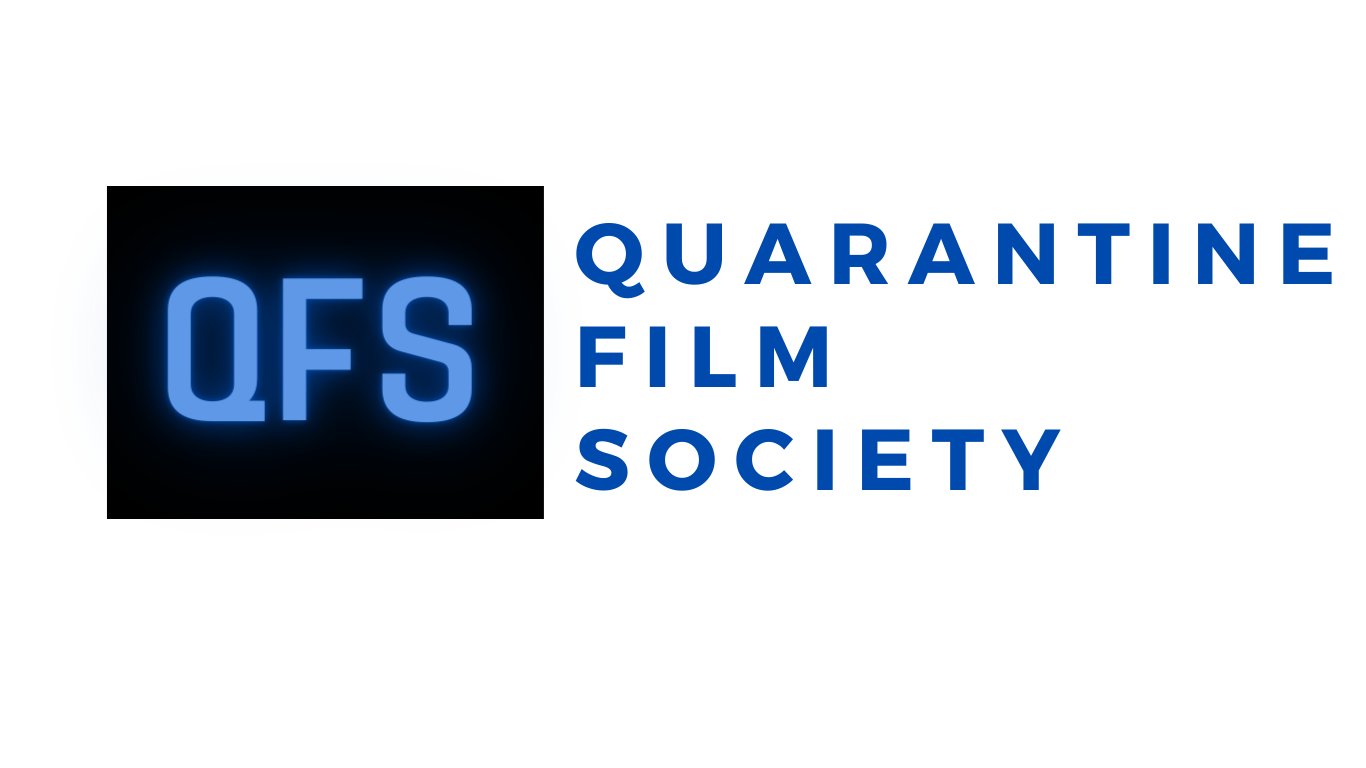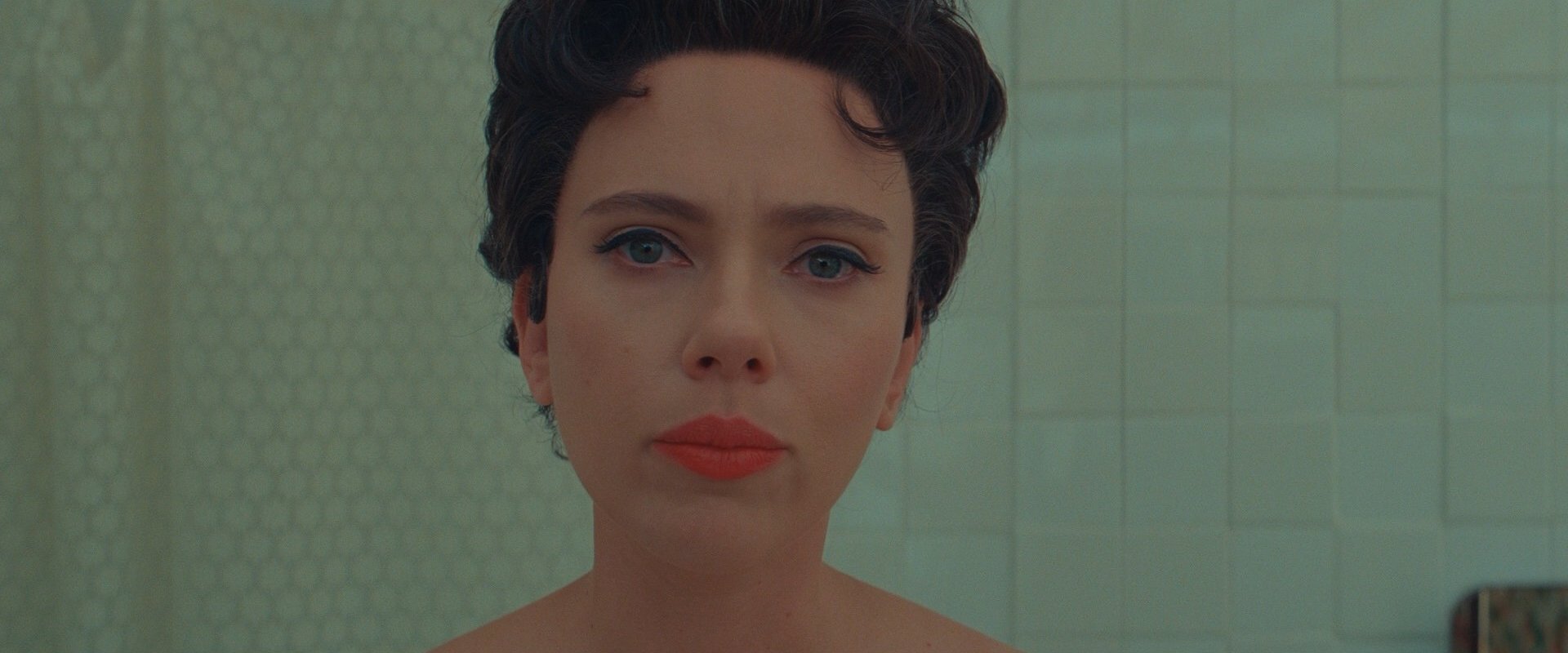The Color of Pomegranates (1969)
QFS No. 130 - The invitation for December 6, 2023
As I know you’re aware, this here is simply your standard Soviet-Armenian fare that we’ve been bombarded with in the cinemas over the years.
Truly, I know almost nothing about the film except that it is frequently included in filmmakers’ favorite movie lists. It’s even in the top 250 in the British Film Institute’s expanded Best Films of All Time list, clocking in at No. 122* (No. 93 on the Director’s Poll). For list lovers, The Color of Pomegranates is in a six-way tie at 122 with There Will Be Blood (2007), The Matrix (1999), Nicholas Ray’s Johnny Guitar (1954), the French film The Umbrellas of Cherbourg (1964) and Only Angels Have Wings (1939), which is a Howard Hawks classic.
Martin Scorsese compared The Color of Pomegranates to “opening a door and walking into another dimension, where time has stopped and beauty has been unleashed.” I am here and ready to walk into another dimension.
The only other thing I know about the film is that it is short (1 hour and 19 minutes) and will be the second-shortest QFS selection since A Christmas Carol (1938) that we watched over our first lockdown Christmas in 2020, a slender 1:09. So at the very least, this will take up only a small amount of your precious social media doomscrolling time.
Anyway, do join me to discuss The Color of Pomegranates.
*Interestingly, a four-way tie just before that at No. 118 includes three QFS Selections: The Thing (1987, QFS No. 115), Aguirre, Wrath of God (1972, QFS No. 40), The Conformist (1970, QFS No. 107) and to round it all out, The Texas Chain Saw Massacre (1974), which we haven’t selected… yet.
Reactions and Analyses:
A common question that we tangle with at QFS is what can you consider a film versus art? Of course, a film can be both. But when approaching an experimental or surrealist work made for the screen, it’s a valid question. Does a film require an overt narrative, or at least a narrative that can be interpreted? Or is a film anything you point a camera at, that a filmmaker assembles and showcases for an audience? Is it somewhere in between?
From our discussion, everyone agreed that The Color of Pomegranates (1969) is undoubtedly a work of art. One QFSer said that you could imagine seeing this projected or displayed at a museum of modern or contemporary art. Or even a selection of the images could be placed on display. Indeed, even the director Sergei Parajanov stated that instead of bringing “art to life” he was bringing “life to art.” And you can see in his compositions that they resemble illuminated manuscripts or two-dimensional artwork common to Persia and in the Transcaucasus region - Armenia, Georgia, Azerbaijan - where the story takes place. Select a frame from the film and you could imagine seeing it literally framed and in a museum.
But does that make it a film? There’s no answer to the question, and I personally have trouble tangling with distinguishing between a film and art and whether a line exists between then, fuzzy though it may be. For me, as I watch a film, my mind immediately tries to latch on to a narrative, a story, a character whose journey we’re following. I have tolerance for vagueness, but it’s on a scale. Ambiguity and vagueness are fine if I’m brought into the film through the craft, the style - dare I say, the art of the filmmaking. So when I watched The Color of Pomegranates, I had to actively suppress my desire to understand what it “means” or to tease out a story. And yet, I was transported into the tableaus and the world created enough to be brought along for the ride.
Early on in QFS we selected Eraserhead (1977, QFS No. 22), a film I hadn’t seen before (I was shamed to admit this especially since I share an alma mater with the director). When watching it back then, I remember having to turn off the part of my mind that was trying to find the story and instead I allowed myself to just experience. I had the same feeling while watching this movie. A QFSer pointed out, rightly, that Eraserhead teases a narrative enough to draw you in, but then pulls the rug out from you and you’re left with the film’s haunting imagery.
Others in the group brought up Jeanne Dielman, 23, quai du Commerce, 1080 Bruxelles (1975, QFS No. 98) - a film that required merely observing a life. One member of our group brought up the differences between how each Jeanne Dielman and The Color of Pomegranates grab your attention. In Jeanne Dielman, you’re brought into the film - a slow film with very few edits - because you feel like you’re a fly on the wall of a life that’s rooted in a familiar reality. In The Color of Pomegranates, you’re brought into the film because of the visuals and that it’s unfamiliar and surreal. You don’t know what’s happening next and even if you do, you don’t really know why or what it means. What’s fascinating is that this is enough to pull you along and to see what happens next.
After watching the film, I needed to learn more about the filmmaker, the poet, Armenia, early Christianity - basically everything. My curiosity was very much piqued. I highly recommend the Criterion Channel’s 40-minute visual essay by James Steffen about the film. He goes through shot-by-shot and helps give context and suggests meaning throughout. If you look closely, you can definitely see that it follows a boy as he grows up into a man and ultimately dies at the film’s conclusion, leaving behind only his muse and his work. I’m not saying I knew this when I watched it, but having a guide with me in this way was a boon. Much like a guided tour at an art museum.
How do you visualize poetry? Or how do you render the life of a poet - someone who looks at the world and tries to synthesize all around him or her and turn it into an exploration of existence. How in a film do you go about doing that? One way is a more straightforward biopic about the person’s lived life. Another way is Parajanov’s way - tell it as a visual poem, bringing the poet’s creative work to life. Parajanov’s telling is laced with Christian metaphors (which evoked, for me possibly because we recently watched it, The Seventh Seal, 1957, QFS No. 127) and imagery that evokes childhood (the books, his teachers), adolescence (spying on a woman bathing, the chicken-blood ritual), adulthood (learning the instrument, working as a priest), old age (surrounded by angels and holding a helmeted skull), and death (lying dead among candles… and chickens). It’s not a filmmaking style that comes naturally to me, but it’s something that I deeply admire and enjoy watching on screen - and will likely use as a visual reference in the future.
“Sergei Parajanov, the Serious Wes Anderson.”
Top: Asteroid City (2023) Directed by Wes Anderson. Bottom: The Color of Pomegranates (1969) Directed by Sergei Parajanov.
One final thought - a member of our group said that the filmmaking was like “a serious Wes Anderson.” Which is a terrific insight. When you see the film’s flat space framing and use of colors, you can seemingly draw a straight line to Wes Anderson, but through Andrei Tarkovsky, Alejandro Jodorowsky and David Lynch. It’s easy to see why The Color of Pomegranates continues to inspire filmmakers even know. His imagery, abstraction and experimental surrealism carves out a unique legacy for a filmmaker - artist? - that keeps Parajanov relevant for us to study today.




